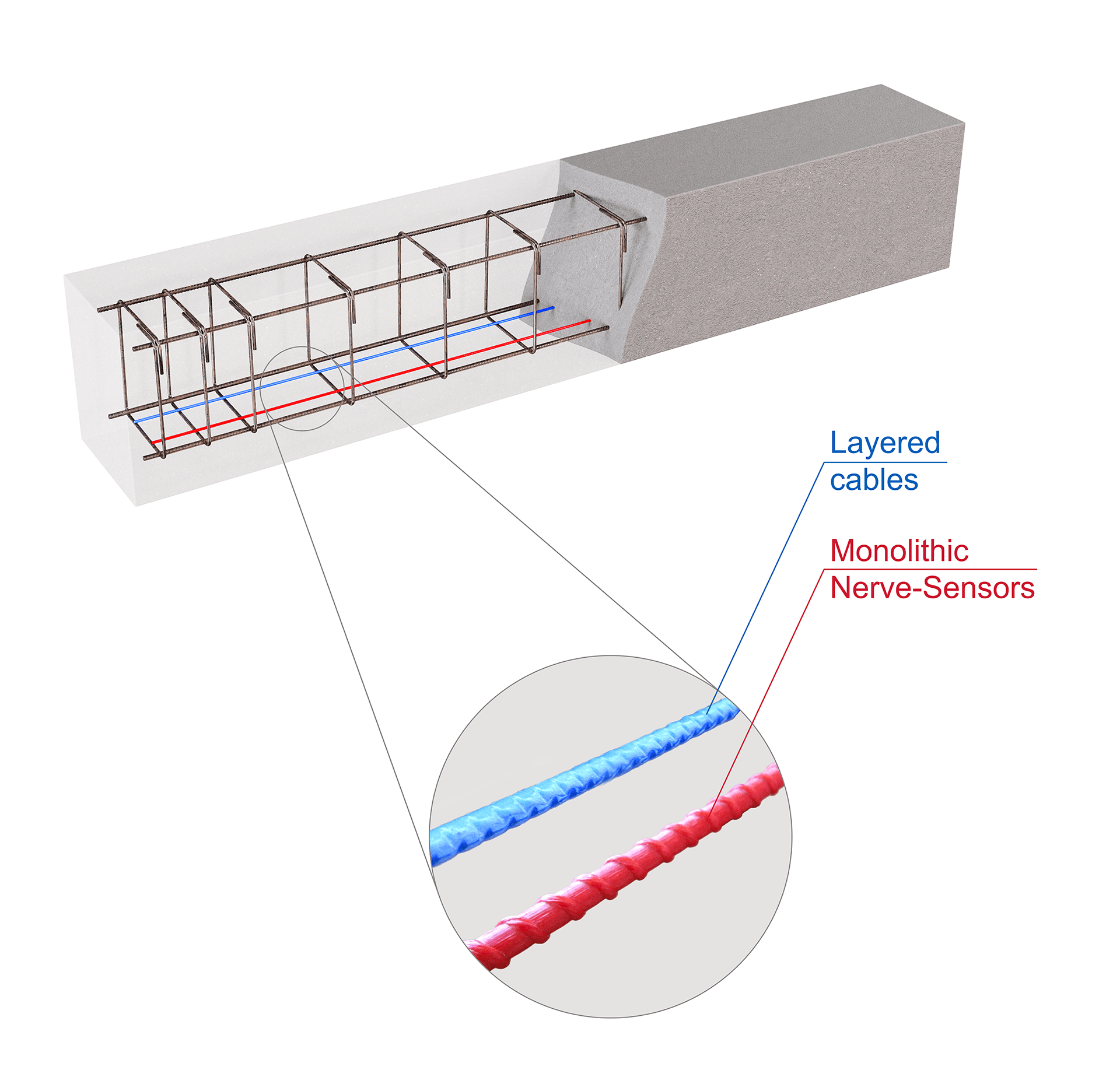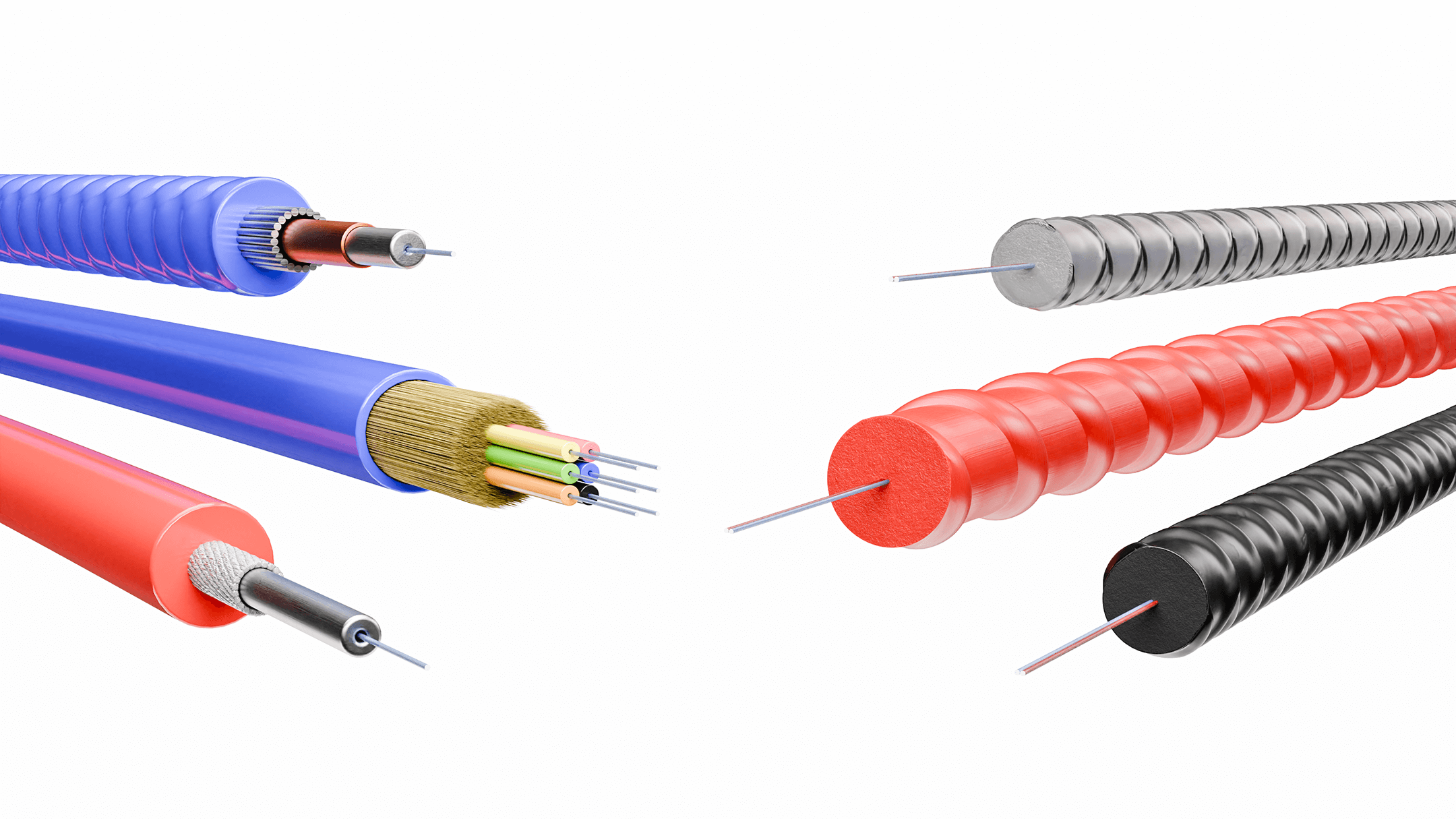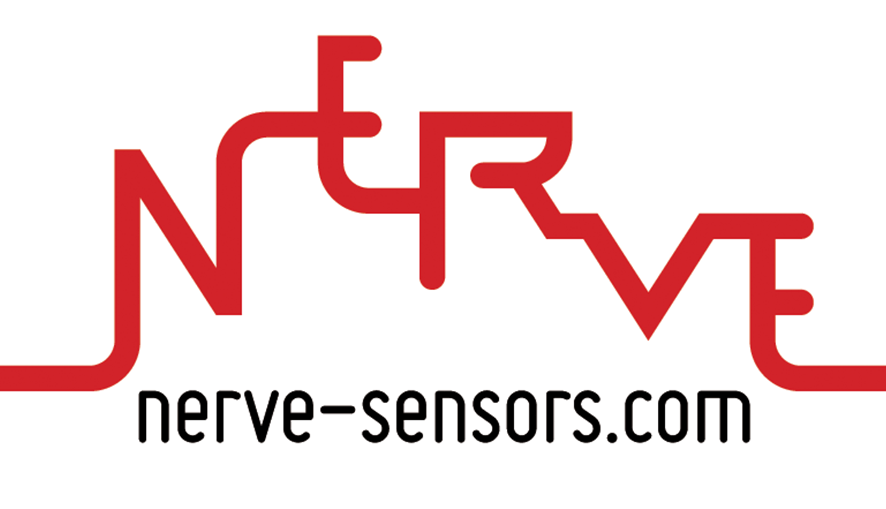Monolithic sensors vs. layered cables – sense the difference!
Layered cables
Monolithic Nerve-Sensors
multiple layers causing the slippage
poor quality data because the strains in the fibre are being averaged and do not correspond to structural strains
monolithic core with no layers and no slippage
the most precise and detailed measurements because of the undisturbed strain transfer mechanism
low measurement range up to 1%
risk of failure when measuring high strain or cracks
the largest measurement range ±4%
safe measurements of high local strains and cracks
pre-tensioning is required for compression
challenging and sometimes impossible on site
no need for pre-tensioning
measurements are possible both in compression and tension zones
made of plastic & steel layers with unknown material properties
these materials yield fast and interact with each other making physical interpretation difficult
made of single elastic composite core with known material properties
for easy and straightforward data interpretation
originally designed to remember events
using them is risky to monitor the actual state of the structure
designed for structural health monitoring
can assess the actual state of the structure
challenging thermal compensation
thermal deformation of multiple layers can cause additional mechanical strains in the sensing fibre
convenient thermal compensation
monolithic structure can be easily compensated for with a single and linear coefficient
usually smooth outer surface
does not provide appropriate bonding of the sensor with surrounding concrete or ground
outer surface with braid to improve bonding
when measuring strains inside the concrete or ground
flaccid & easy to yield
cannot be used as a substitute for reinforcement in concrete or ground
high strength and stiffness
can be used simultaneously as a sensor and as a reinforcement for concrete or ground
challenging installation
significant waving because of no bending stiffness, sensitivity to localised pressures from cable ties
easier installation
limited waving because of bending stiffness, resistance to localised pressures by cable ties
Monolithic sensors vs. layered cables – sense the difference in data!
Don’t risk the safety of your structure by misinterpreting its true technical condition.
Read Layered sensing cables vs. monolithic DFOS strain sensors

Monolithic sensors vs. layered cables – sense the difference in sensor cross section!
Cables and sensors are not the same!
As opposed to layered cables, monolithic Nerve-Sensors offer considerably improved measurement quality.
The most important feature is a single-material cross section, ensuring precise transfer of strains from the structure to the sensing fibre. Nerve-Sensors allow for detection of the smallest changes in structural behaviour, while on the other hand offer the largest measurement range ensuring their safe operation throughout the entire lifetime of the monitored structure. As opposed to sensing cables, no layers means no internal slippage and no “smoothing” the strains in the fibre, especially when high gradients (e.g. crack-induced) are expected.
Nerve-Sensors can also measure in compression and tension zones without the need for challenging (and sometimes impossible) pre-tensioning on site. Monolithic core of the sensors allows for simple thermal compensation, trusted data and easier interpretation.
Read the article, which details the test carried out on a concrete beam. See more: Crack Shape Coefficient: Comparison between Different DFOS Tools Embedded for Crack Monitoring in Concrete

Left side – Layered cables, right side – Monolithic sensors. A single-material cross section and monolithic core = improved measurement quality and trusted data with Nerve-Sensors
Each project is individual – sense the difference with Nerve-Sensors!
In particular, our support team can provide advice on:
